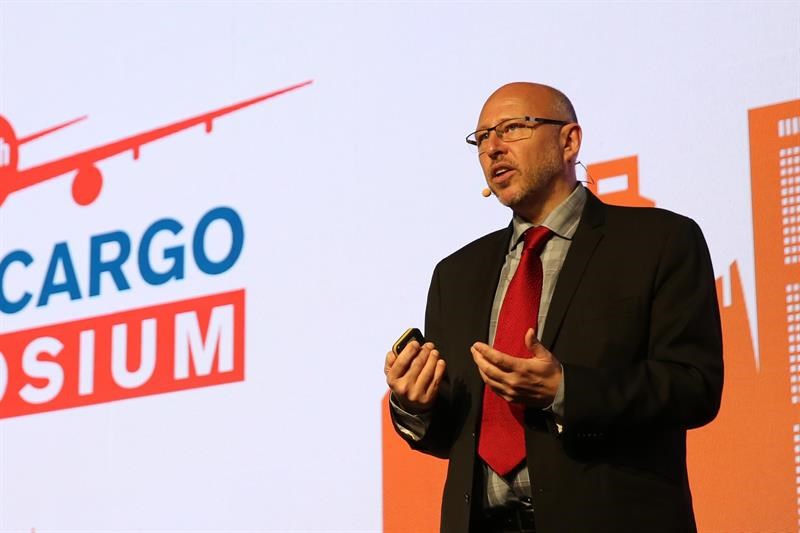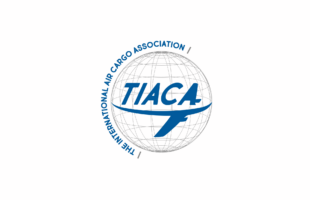

2020 was such an unprecedented year which saw shifts unheard of in the aviation industry. For one, cargo replaced the passenger side of the business as top revenue earner for most airlines with much of the spotlight focused on the mammoth task of transporting and distributing medical equipment, relief goods, PPEs in the middle part of the year.
Whilst air freight rates produced higher yields for cargo operators with load factors soaring above the normal average on the back of surging demand versus the lack of belly capacity, several carriers, particularly those relying on passenger travel, had to resort to layoffs, pay cuts, voluntary leave, restructuring as a way to stay afloat and move forward.
We saw top personnel from airlines and trade associations announce retirement or move to other oranisations, but through all that we saw the industry make diligent efforts in collaborating and exchanging ideas with every stakeholder to tackle the immense task at hand.
With health protocols and travel restrictions pushing offices toward remote work setups, digitisation, meanwhile, took the fast track across the industry, with data sharing, cargo community systems and other tools being adopted at a rapidly accelerating pace. Even IT providers for the air cargo industry have taken steps to make strategic partnerships in hopes of making everything available online for every stakeholder across the supply chain.
Now with the vaccine jabs being rolled out in the world’s top nations and soon to find its way across emerging and developing markets, logistical challenges still persist and the spotlight will continue to focus on air cargo and its importance—and quick decisive moves—in transporting time-sensitive life-saving shipments and helping inoculated the global population to achieve herd immunity.
Payload Asia reached out to Glyn Hughes, one of the industry’s highly acknowledged leaders, for some timely insights on vaccine logistics, modernisation and collaboration as, he embarks on a new role as the first director general of TIACA.
What are the challenges that logistics providers, shippers and air cargo carriers face during vaccine transport? Have we come close to checking all the unknowns? How important is worldwide inoculation?
GH: With the current level of global Covid infections showing no signs of slowing down and with new strains demonstrating even higher rates of transmissibility it is crucial for the global community that the vaccines approved for inoculation programs be transported and distributed in the safest most compliant fashion possible. Air cargo has proven itself as having the required quality levels and procedures in place to support this logistical challenge.
WHO and other health experts have indicated that heard / community immunity may require 70% or perhaps more of the global population to be vaccinated. This means the various vaccination programs will be present throughout 2021 and perhaps beyond. Therefore, air cargo will play a pivotal role for some time.
There are several challenges which will be encountered as the distribution intensifies. Capacity challenges, particularly in countries where cargo is traditionally carried in bellies of passenger aircraft will be a significant one. Carriers will therefore probably continue to operate passenger aircraft for cargo only operations to help address this capacity issue.
A second challenge will be the capabilities to manage cold chain operations in some countries which may not have the required level of infrastructure in place. Governments need to assess national capabilities urgently so that measures can be introduced.
Product integrity is of paramount importance.
It can be said some carriers and integrators have benefited with the higher freight rates during the pandemic. How long do you think this inflation would last and what would be a good advice to shippers?
GH: It is true that the balance of capacity supply and cargo demand has presented a challenge to keep in balance. Overall cargo capacity was down about 40% vs the pre Covid situation as a result of so many passenger flights cancelled due to the pandemic.
Carriers have addressed this lack of capacity as much as possible through increased freighter utilization and using passenger aircraft for cargo-only operations. These measures have helped the supply/demand balance to some degree.
The key advice to shippers is to notify their freight forwarders as early as possible regarding upcoming shipments. This will enable the freight forwarder to identify and secure the most cost effective and timely capacity.
If indeed digitisation has been accelerated by 10 years as brought about by the pandemic, what kind of modernisation is air cargo likely to realise in the near term?
GH: Air cargo has been very innovative during the crisis as non-paper-based data became quite critical. With the lack of passenger flights likely to remain for a while the cargo industry will continue to develop cargo specific solutions. Facility constraints will result in accelerated moves towards automation and possibly robotics. Data sensors and interactive devices will also likely to increase in prevalence as they can be instrumental in assuring product integrity during the journey.
What are some of the ‘new normal’ trends that we’ll be seeing more of? Are we about to see mergers and consolidation? More freight booking apps?
GH: Possibly. Sadly, some passenger carriers haven’t been able to survive the crisis, but cargo operators have managed much better as cargo demand remained buoyant, firstly with PPE and then vaccine transport.
Inevitably the pace of technical innovation will continue, and we can hope that translates into new efficiency tools and analytical solutions. Smart data exchange will progressively replace traditional messaging standards.
What should be the priority of airlines and other players in the air cargo industry? Is it getting CEIV pharma or piloting ONE Record? Would you say collaboration has become second nature in the industry, or do we have a long way to go?
GH: Collaboration has certainly improved, but it will never be finished. The industry should always focus on continual improvement. As to industry programs such as CEIV that is really for each supply chain entity to evaluate based on their specific business modal and strategic objectives. ONE record is certainly an area where I would anticipate becoming an industry norm as it will enhance efficiency and accelerate information exchange.
How would you describe your tenure with IATA, and what are your expectations on the new director general role with TIACA starting next month?
GH: My 30 years with IATA have been exceptional. I have been very fortunate to have worked with some truly spectacular industry leaders and I have learned a lot from each. I now hope to be able take what I have learned and help the great organization that TIACA is to deliver on its goals and objectives. The two organizations have a proud history of collaboration and I fully expect that to continue as we all strive for a safe, secure and sustainable air cargo industry.







